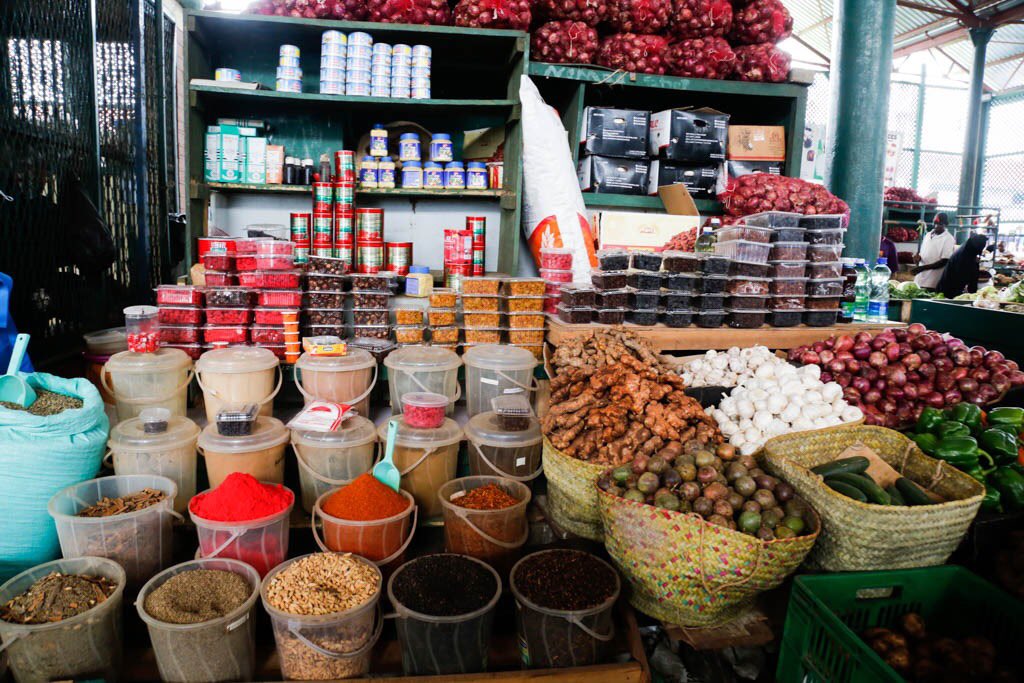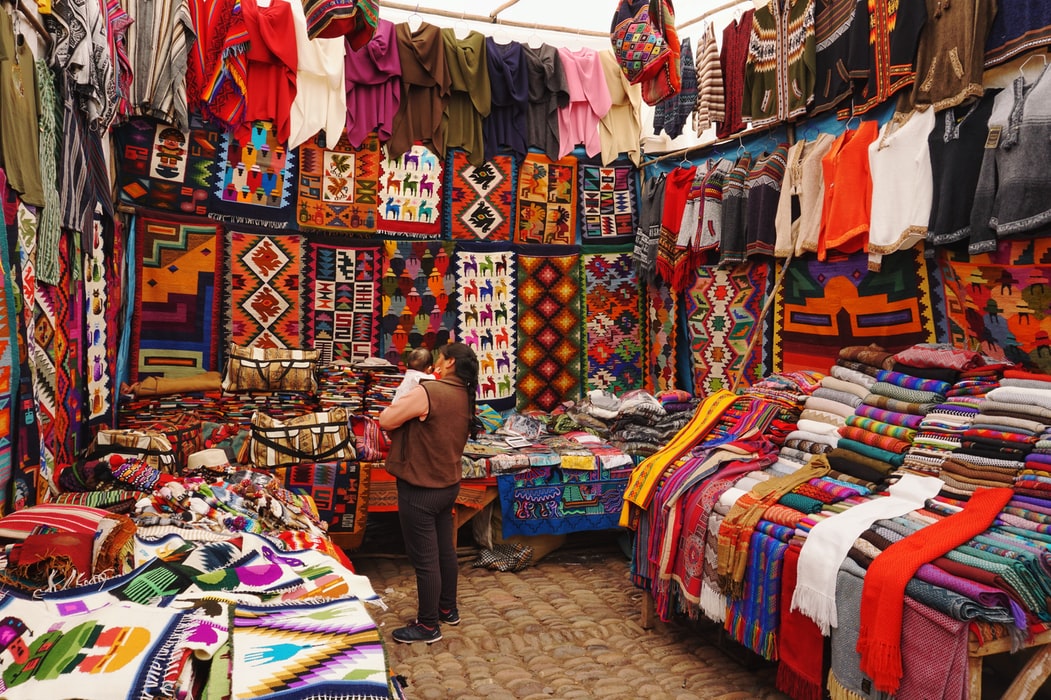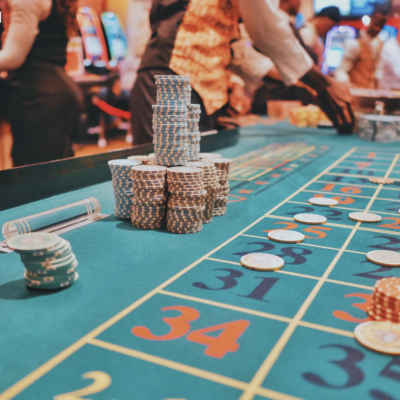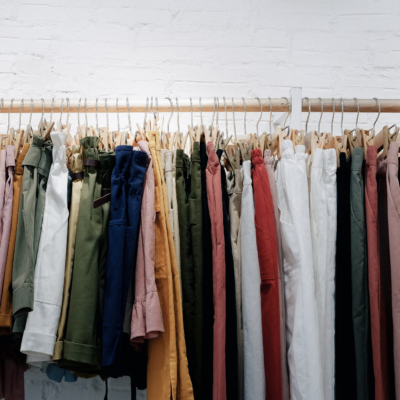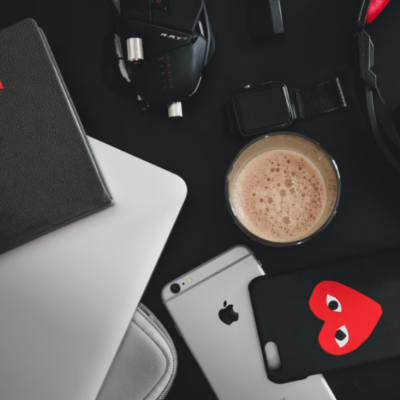A distinction is a gift possessed by all. In any culture and nation, it also occurs. When we are put on the foreign stage, the importance of our distinct qualities falls to the fore. When it comes to discovering exclusive pieces and mementos, Kenya is a customer’s heaven. The sum of creative ingenuity and artistry is mind-boggling, with over 23 tribes. Read on to see what special secret wonders tourists found in Kenya’s culture.
Kisii soapstone carvings
Soapstone can be in the state’s extreme west. To be precise, it is native to the Tabaka region of Kisii county. On these pieces of stone, sculptors in the area have mastered the art of catching animals and plants. The stone’s natural colors enhance the elegance of the sculpture.

Kazuri Beads
Kazuri beads come from the people of the Maasai tribes and are used to make colorful neckpieces, headbands, and earrings. In Kenya, beads have been a separate part of the tourism kit. They use color is, such as red, which symbolize the blood, bravery, and strength, and green for wealth, that has a special significance to them.
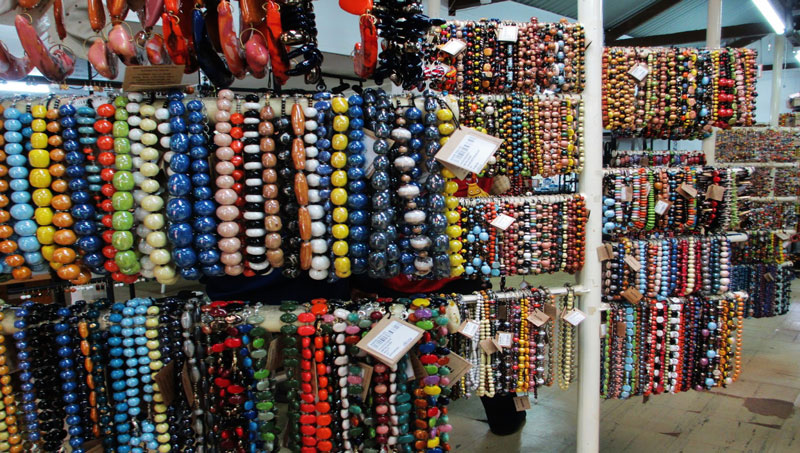
Ebony Carvings
The art of Akamba wood sculptors is typically Ebony carvings. In the eastern part of Kenya, which is home to the Kamba culture, ebony is predominant. Their work is so pervasive that the entire sub-Saharan zone is unique. Although they are simple to find in Kenya’s street markets, they are just as prevalent throughout the globe. Sparkly and perfect is their completion.
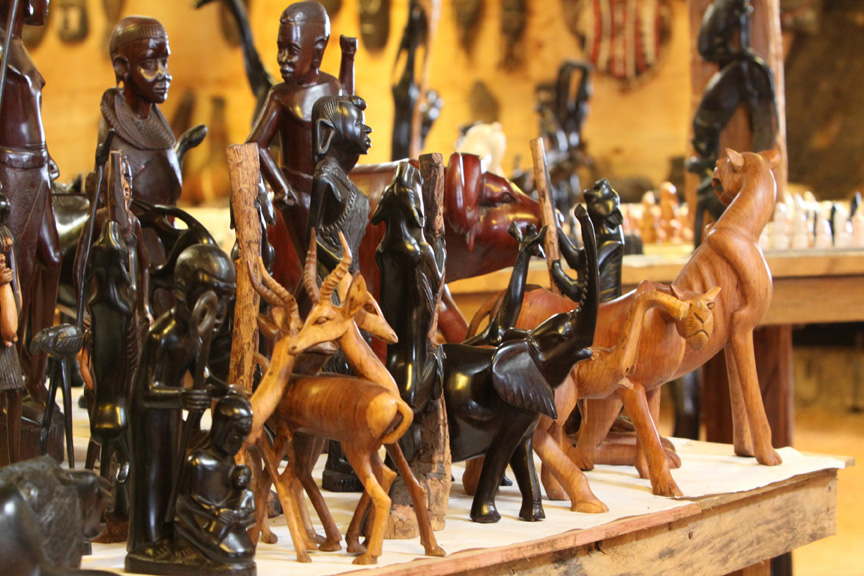
Kitengela glass
Recycled glass that was hand formed for frames to make elegant home decorations, furniture, and mosaics. The glass is created by artisans with disabilities who make a living making these items. Their artwork is on the show along the paths and on the property, tempting you to do some retail right before you reach the main studio.
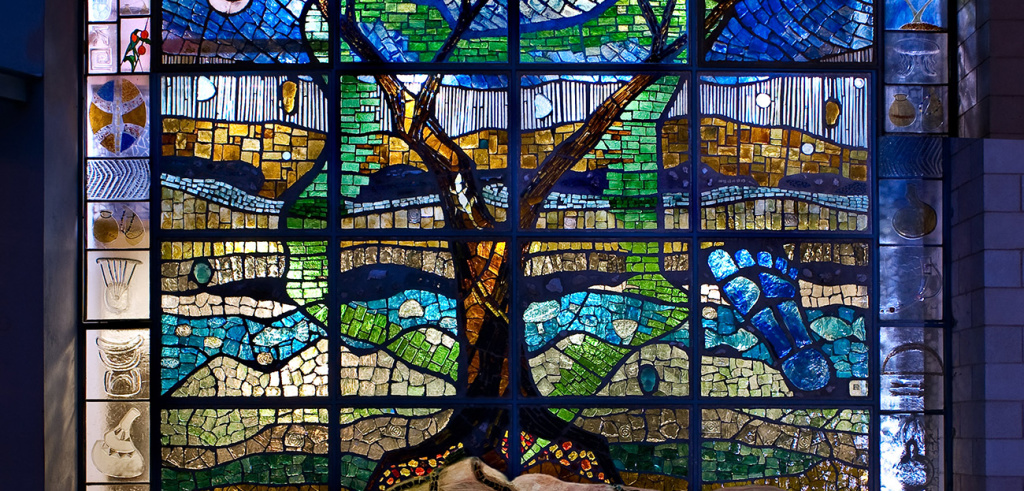
Massai Blankets
Crafted from soft cotton or silk, conventional Maasai fabrics are suitable for winter conditions. Typically, they are dyed red and can also have another hue blended in. To get a genuine woven scarf, buy fabrics from the Maasai.
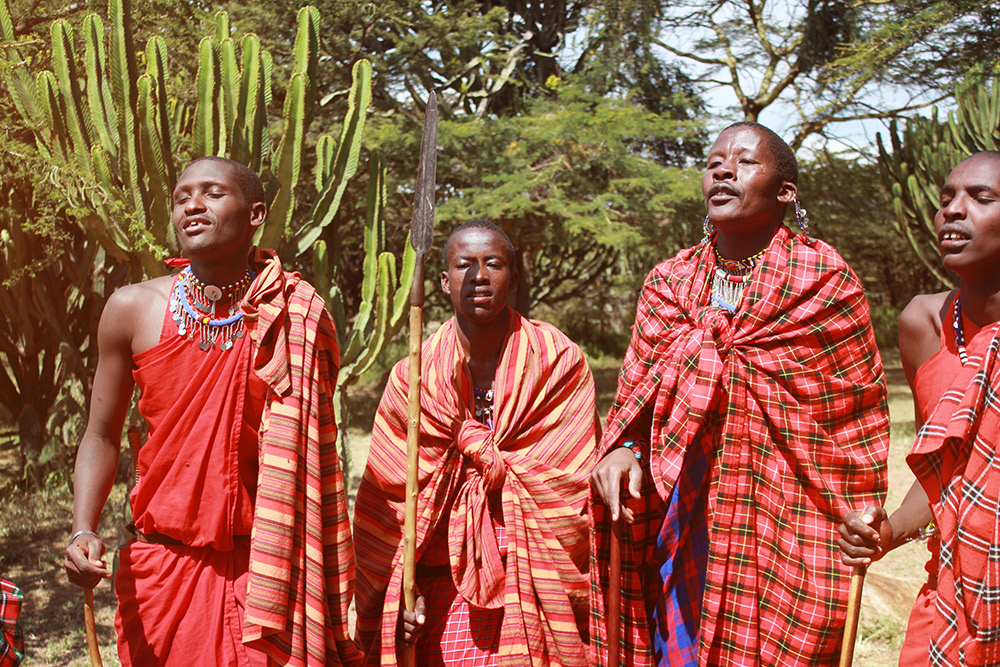
Sweet Traditional Kenyan Wine
The popular Tusker Bigger is the regional liquor. There are typical brews, though, which are unique to numerous tribes. Muratina is one of the Kikuyu society’s most popular local beers. It has a strongly fizzy taste and is a handmade beer. A homemade beverage known as chang’aa can also be attempted.
That is the traditional moonshine, and vodka is really close to it. They guarantee the beer is brewed for family use in a homestead and not the one used in drinking dens.
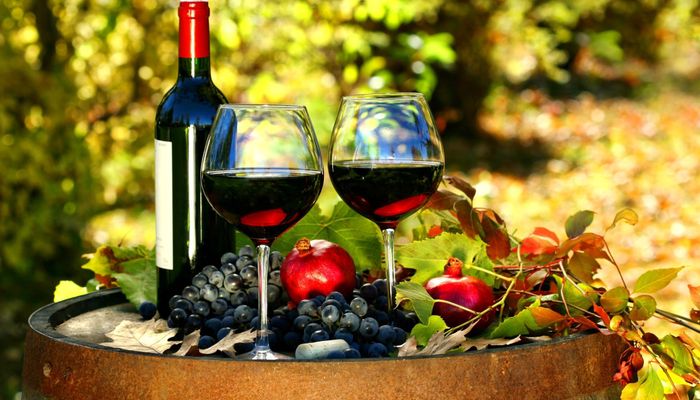
Kenyan masks
Kenyan masks are for cosmetic reasons mainly. The timber masks in artisan shops in Kenya are just mementos to inform you of the land, unlike other Cultural communities that assign religious meaning to a mask.
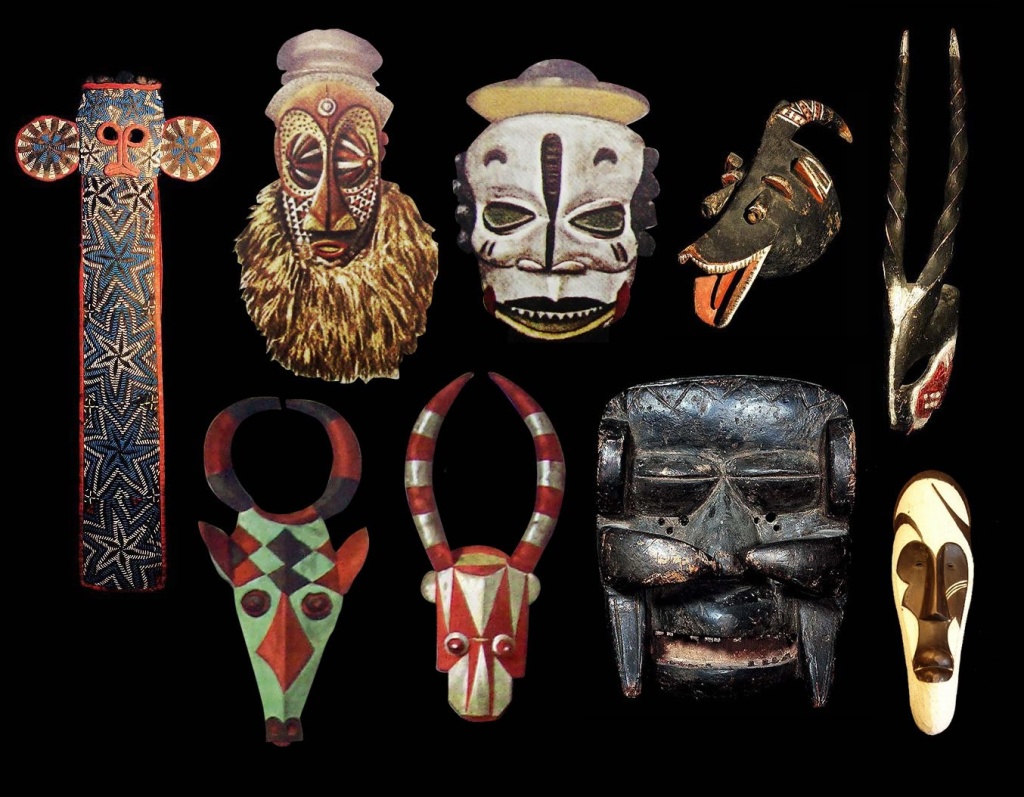
Artwork of Kenya
Kenyan style comes from every corner of the country. It may be generic to the area or to the groups or unique to them. The Samburu tribe’s art is distinct from the coastal Mijikenda tribe’s culture. It is better to purchase from the real societies to get genuine items.
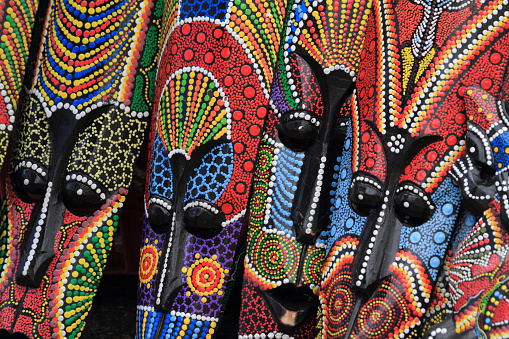
Maasai shields
Using immaculately preserved hide, which is then painted with unique tools, these shields are meticulously created. They are bulky and voluminous, so for ease of transport, you can get them manufactured in parts and you can reconstruct the parts at home.
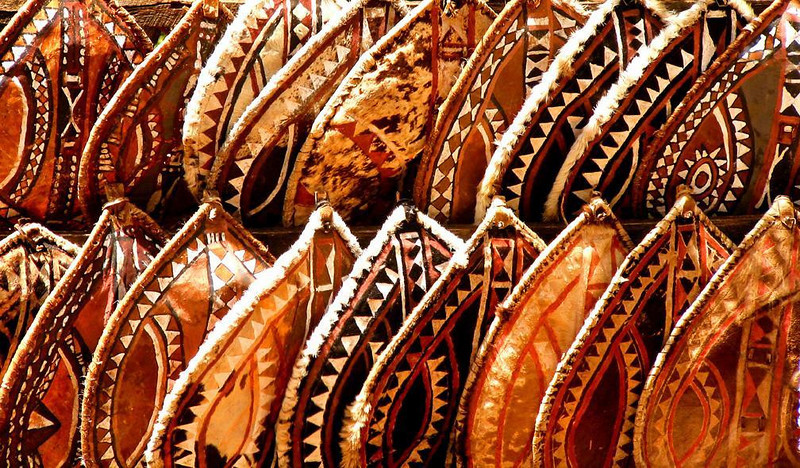
Maasai spears
For the culture, Maasai spears mean a great deal. In general, a spear is placed outside the residence of the moran to indicate his existence in the household, as well as being a primary weapon. Being a weapon, make sure you hold it comfortably on your journeys, keeping the various parts apart. Being a weapon, make sure you hold it comfortably on your journeys, keeping the various parts apart.
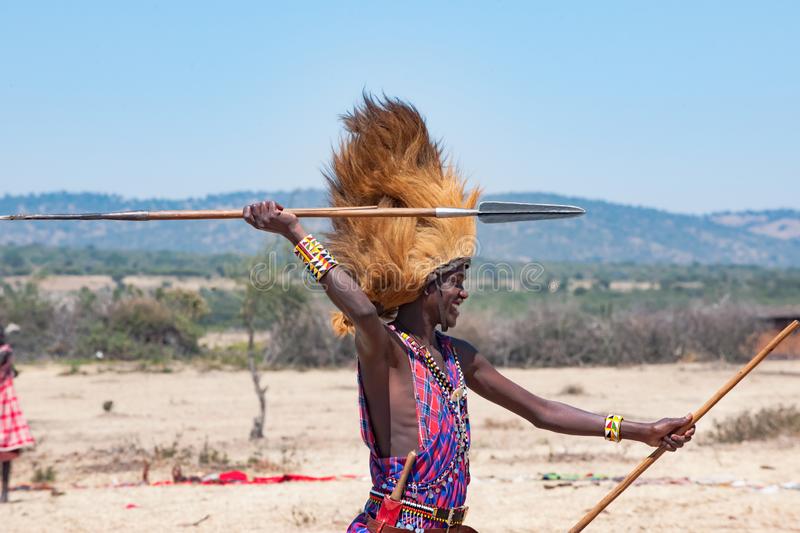
Kenyan Baskets
The Kamba society’s handmade baskets are exquisite and come in a variety of colors. They are produced from the sisal plant and are used as a fashion item for anything from food shopping to being. Until being woven, they may have leather belts added or can be stained. To make it easier to hold necessities, the interior is fitted with a cloth covering.
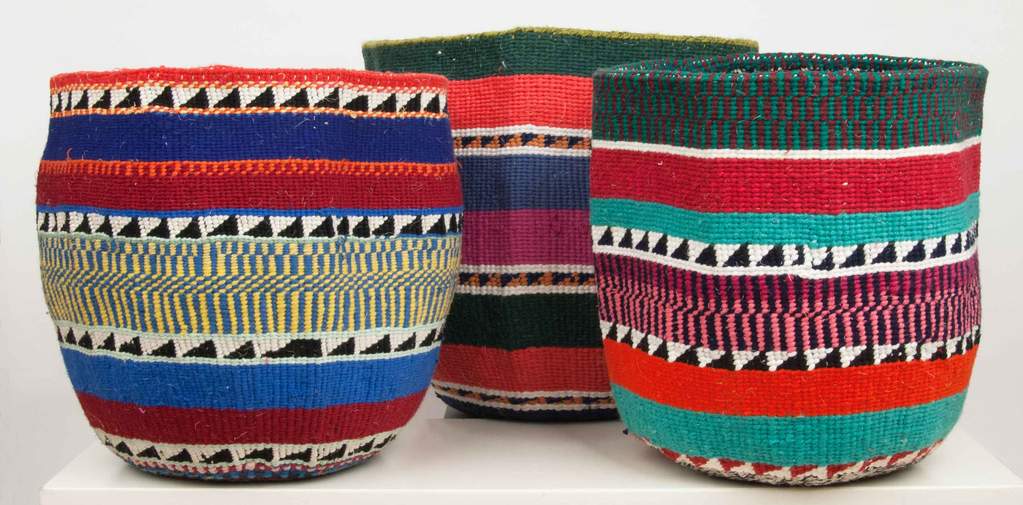
Kenyan Bone & Horn Jewelry
For many, many years, bones, and horns from livestock have been crafted into a jeweler in Kenya’s culture, even before the availability of more common materials such as glass and acrylic objects.
In general, cow horns brush up to a shiny shine, particularly with the inclusion of beeswax, and for brooches and pendants, the natural curved shape of horns is ideal. To produce pendants and beads, small bits of the horn is used, as well as parts cut from the bone.
As for the beaded pieces, as you travel into a distant safari resort, you can find the horn and bone jewelry, as well as decorations and table linens, being sold in towns, artisan stalls, and even on the side of small-plane landing areas.
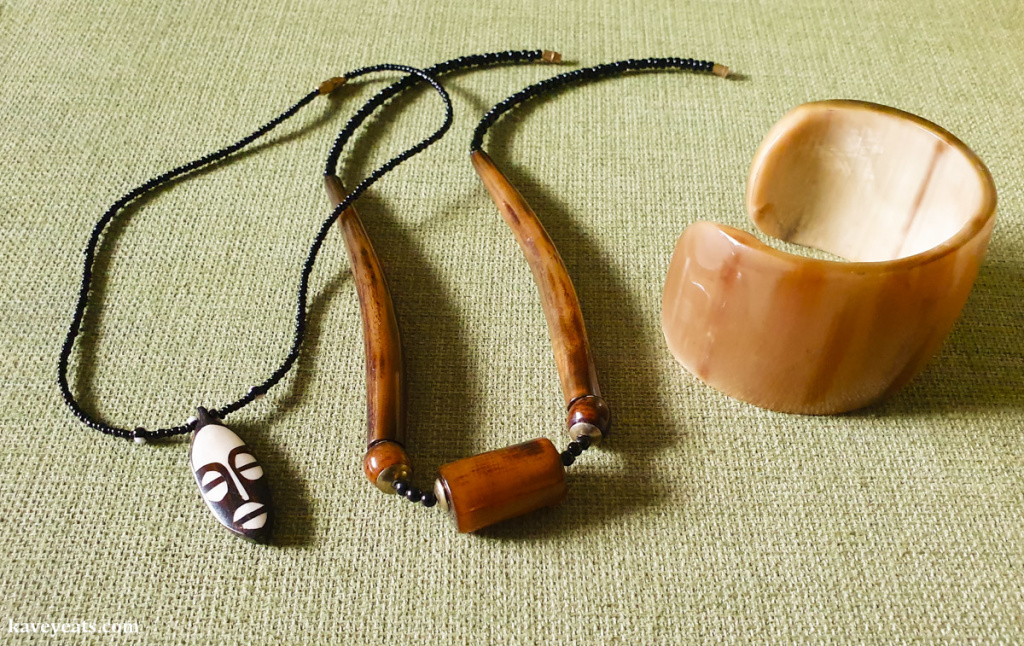
Kenyan Handmade drums
Drums are a regularly used musical instrument in Kenya’s culture and you would most likely experience individuals playing and performing to the rhythm of the drums being played during your tour.
In most art stores, you should be able to find homemade drums to purchase. To ensure that the crafts are locally and sustainably sourced before ordering, speak with the store owner and inquire where they get their handicrafts. The cost of a decent handmade drum differs, but for a decent one, you should not have to pay over 5,000 KES (Kenyan Shilling).
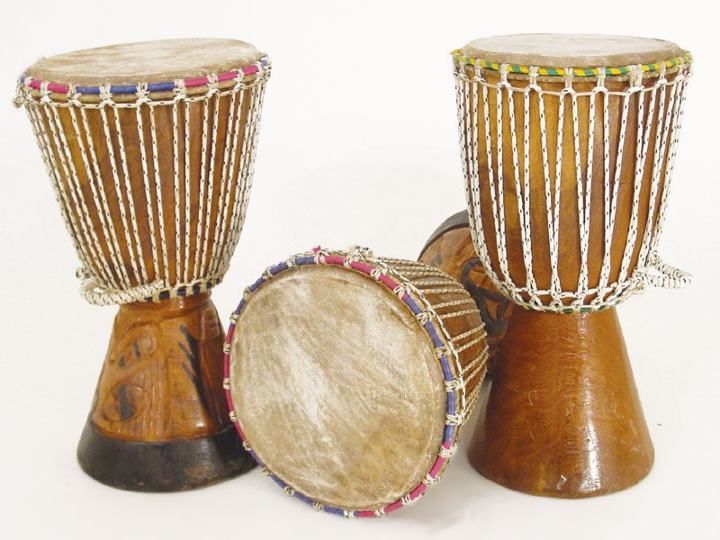
Kenyan Spices from MacKinnon
As a lover of cooking, I still want to bring something to prepare back home. Eastern Africa is known for its spices, making it a perfect souvenir for you and your friends. They are grown throughout the country, although in the Western Indian Ocean, Zanzibar has traditionally been the most attractive place for spices.
In Eastern Kenya and the lovely city of Mombasa, go to MacKinnon market in the old town. This architectural style, also known today as the Marikiti Market, stands on the great Abdel Nasser Rd. Although it is not one of the country’s biggest markets, it has a lovely environment and all vendors would be delighted to sell you their products, while not being as clingy as elsewhere.
